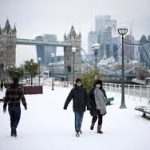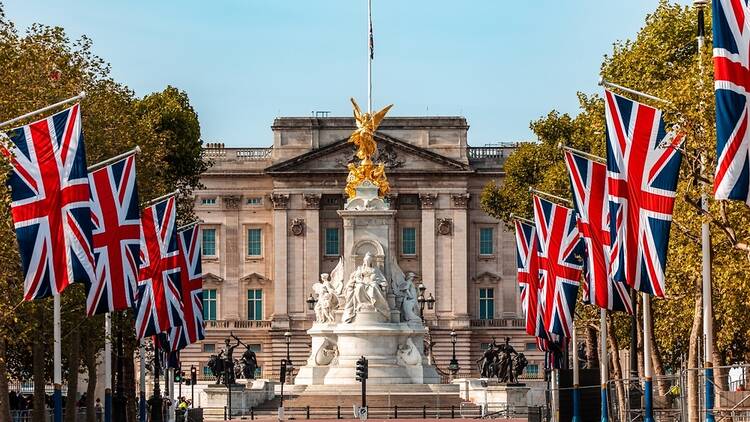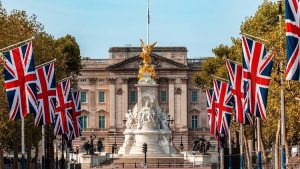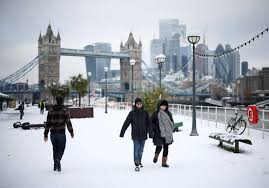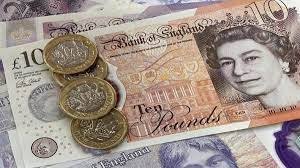England Is One Example Of A Developed Country In The World – England is one of the developed countries in the world. There, the development of science and technology is increasing rapidly. Many learning centers are held and many leading scientists come from the country.
England Is One Example Of A Developed Country In The World
lxnews – A country that is called a developed country actually has various indicators that cover it. Based on research from the Itjen PU page, general indicators that are generally used include GDP levels, per capita income, literacy index, life expectancy, and human development index.
On the other hand, the characteristics seen in developed countries include:
The population growth rate records a low figure.
Adequate job opportunities.
Work is generally in the industrial sector as a livelihood.
High level of education
Health level and technological progress.
High per capita income.
Similar to England, the country has met a number of indicators that indicate its status as a developed country. On the official website of the Ministry of Foreign Affairs of the Republic of Indonesia, it is stated that the UK’s Gross Domestic Product in 2017 reached 2.88 trillion with an economic growth rate of 1.7 percent, according to a report issued by the International Monetary Fund. In the same year, the UK recorded a GDP per capita of 38,847 US dollars.
Please also read: The Advantages That Make the UK a Favorite Destination for Studying Abroad
The UK is recorded to have foreign exchange reserves amounting to 150,857 million US dollars in the year 2018. What is the profile of the UK as a developed country? Here is a summary of the review.
Profile of the United Kingdom
The United Kingdom is a country with an area of 244,820 square kilometers, and its capital is London. This country, which follows a constitutional monarchy political system, is officially known as the United Kingdom of Great Britain and Northern Ireland.
In a quote from the book Geography 3 (2009), it is stated that the United Kingdom consists of several kingdoms, namely England, Wales, and Scotland located on the British Isles, and Ulster which is located in the north of the British Isles, precisely in Northern Ireland. Therefore, the United Kingdom consists of the united kingdoms of England, Wales, Scotland, and Ulster.
The United Kingdom is another name for the United Kingdom. Of the kingdoms, England has greater authority in controlling the union or union.
Please provide the formal way of writing.
Astronomically, England is located at latitude coordinates 50º N – 60º N and 8º E.
Ball Brothers – Second Basketball Team. Geographically, its position is located to the west of mainland Europe which is a transportation and trade route between Europe and the American continent. The boundaries of the country of England consist of the Republic of Ireland to the west, the English Channel to the south, the Atlantic Ocean to the west, and the North Sea to the north and east.
2. Natural Environment
England is an archipelagic nation with its main islands being Great Britain and the island of Ireland. Several other small islands include the Orkney Islands, the Outer Hebrides Islands, and the Shetland Islands. England is separated from the continent of Europe by the English Channel, the Strait of Dover, and the North Sea.
The British Isles are a continental archipelago because they are located on the European plate. There are generally two areas, namely lowlands and highlands.
The lowlands on both main islands have experienced rapid development of dense settlements and have been used as fertile agricultural land. Highland areas are often found in the western and northern parts of England, which are geologically composed of old rock formations. The highland areas in England include Scotland, Wales, parts of northern England, and Northern Ireland on the island of Eire.
The United Kingdom possesses several major rivers. The names of these rivers include the Thames which flows through London, the Dee River, the Severn River, the Wye River, the Trent River, the Teifi River, and the Towi River. The flow of rivers in England is characterized by being short and the current is relatively weak, so it does not have sufficient potential to be used as a source of electricity generation.
Please also read: Understanding About The Ain Disease
3. Population
Based on data, the population of England in 2014 was 64.5 million people. This population growth is relatively low, which is around 0.1 percent per year. Compared to its relatively small area, England is a country with a high population density.
In addition, the number of people living in urban areas reaches 90 percent of the total population. The flow of immigration is also very high, therefore immigration restriction policies are implemented there.
At the same time, 94 percent of the ethnicity of the British population is homogeneous and is Caucasian. The dominant religion in the area
4. Economy
England has become a developed country since the onset of the Industrial Revolution there. The economy is increasingly surging rapidly and possesses various economic sectors that are quite dominant. The available economic sectors include industry, mining, agriculture, livestock, and fisheries.
From the industrial sector, for example, England has a variety of significant industries and specializes in exporting steel, ships, cars, trains, textiles, airplanes, agricultural equipment, and electronics. The developing industrial centers in England are located in these cities.
Industries in London and Oxford encompass aircraft, automotive engines, and shipyard manufacturing.
Birmingham is renowned for its heavy industries such as automotive machinery, railways, aircraft, textile machines, and agricultural machinery.
Newcastle is known for its shipbuilding industry.
Glasgow is known for its textile industry, locomotives, shipbuilding, and steel production.
Leicester is known for its textile industry.
Belfast is known for its shipbuilding industry.
Middlesbrough, Sheffield, Swansea, Northampton, and Newport are prominent centers of the steel industry.
On the contrary, the United Kingdom relies heavily on imports to sustain its primary consumption of commodities such as crude oil (7. 2 percent), motor vehicles (5. 8 percent), refined oil (4. 6 percent), computers (2. 6 percent), automotive components (2. 3 percent), natural gas (2. 2 percent), and gold (2. 1 percent).
